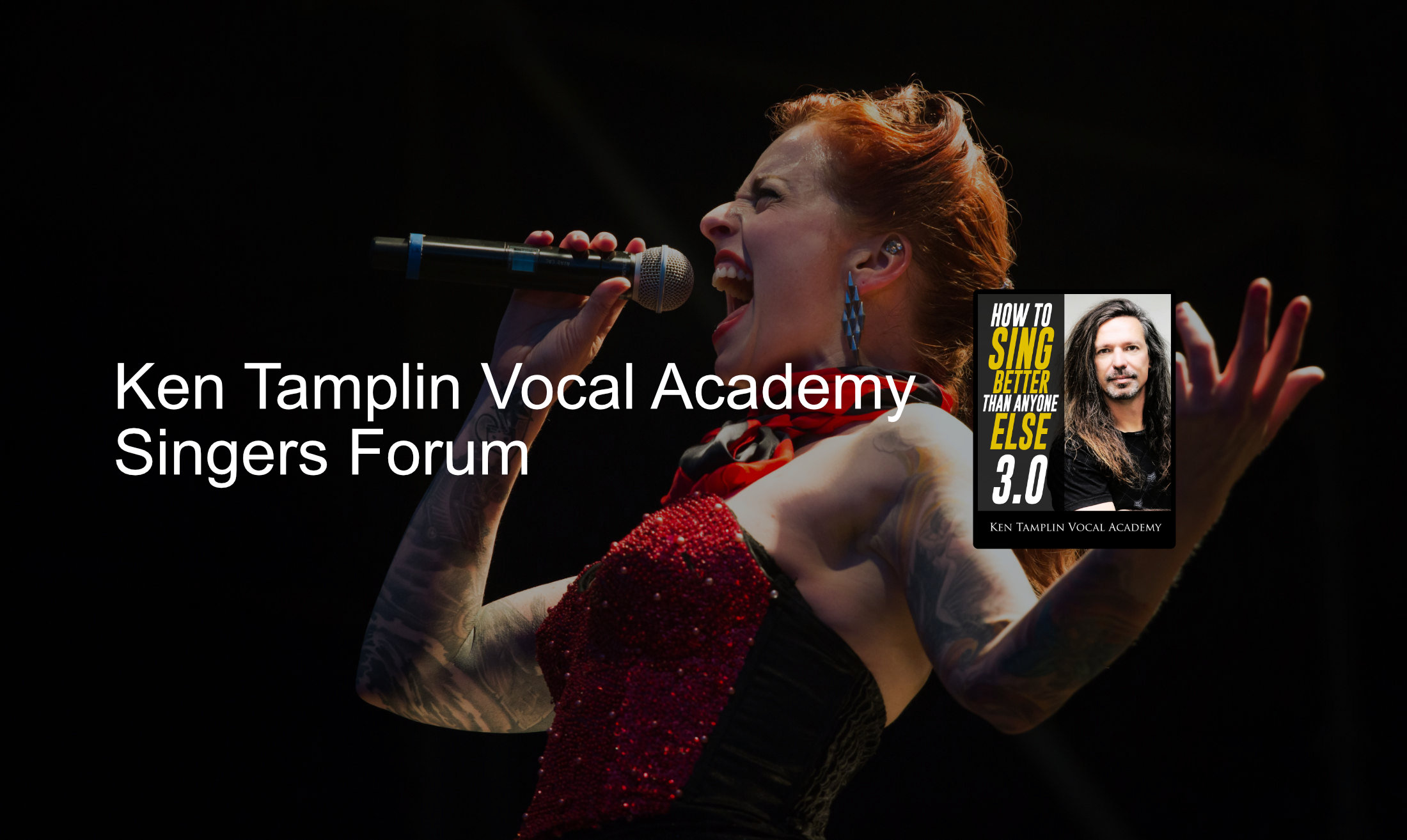Microphone screen
 Michael4000
STREAMING PRO Posts: 1,028
Michael4000
STREAMING PRO Posts: 1,028
in Off Topic
Does anyone on here use a microphone screen? Is it really necessary for beginners, or is this something you start using when you "get good"


Comments
Pop filters are good to use for anybody. beginner, or professional. It keeps the P's from popping. I use one myself.
Wind screens are good for outdoors, or as somebody suggested using them to protect your teeth if you're active with a mic.
Peace
If you are recording with a sensitive mic it's good to use one. I never use one with my hand held mics even though I use my sm57 quite a bit for recording my vocals.
Peace
I own a large diaprragm condenser mic (RODE NT-1A) and certainly MUST use a pop filter. Else the recordings are not usable. Maybe I don't need it anymore when I learned to only use consonants very lightly.
Doc
You have Cardioid, condenser, dynamic, and ribbon types.
Some are more sensitive than others. The more sensitive studio mics record less noise from your lips, and breath when you use a pop filter. (lip smacks, P pops, etc.....)
Your live mics aren't as sensitive, and are built to take some concussion into the mic.
I would suggest looking up the different types of mics, and how they are used.
Peace, Tony
If you screw off the metal cage on the end, you will see that it is lined with foam rubber. That's your pop filter.
Most studio mics do not have pop filters built-in. Pop filters slightly alter the sound, especially in the low end, and some (thick foam ones) also attenuate the highs a little bit. So recording engineers and producers like to use the external (hoop screens) when in the studio, so they can experiment with the placement and see what gives the best results for the recording. Hoop screens tend to block the view of the singer's face, so they aren't the best for music or vocal videos, but they work well for preventing plosives (breath pops).
Also, pops are more likely at close range. Some vocals are recorded "close mic" and others are recorded with the mic about a foot away, and not in direct line with the sound from the singer's mouth. This prevents most plosives, and also gets a little bit of the "sound of the room" combined with the sound of the voice itself. It's just a matter of preference. Up close, many mics exhibit what is known as the "Proximity Effect" which basically means the closer you are, the more bass (low frequencies) the mic will pick up.
The SM58 has a proximity effect. You can hear it when it's right up against your mouth, vs a foot away, has very little low boost at a distance. So pop filters are required (built-in or external) when singing up close to a mic, straight-on.